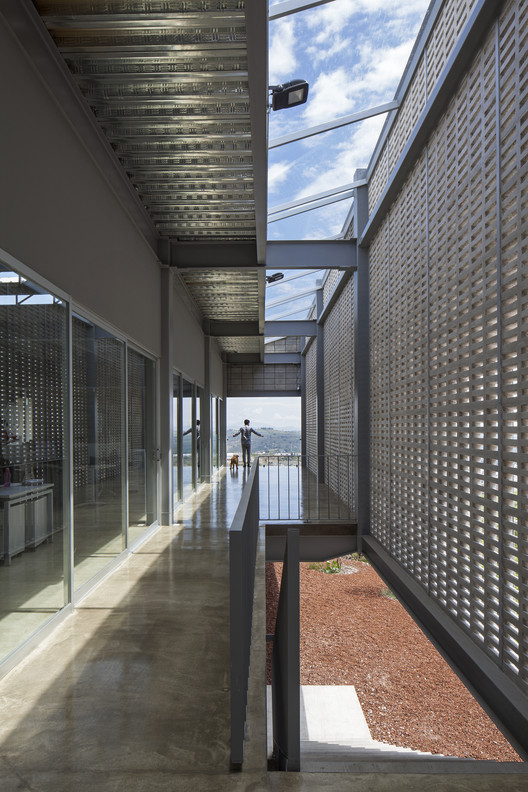
-
Architects: JAA, Morari Arquitectura
- Area: 700 m²
- Year: 2015
-
Photographs:Documentación Arquitectonica
-
Manufacturers: Eco-pietras, Ecocreto, Helvex

Text description provided by the architects. Dunza Headquarters building employs minimal resources to produce maximum results. It is an honest building that, having a limited budget, uses precast concrete blocks to mold with them the most precious material we have: light.



















